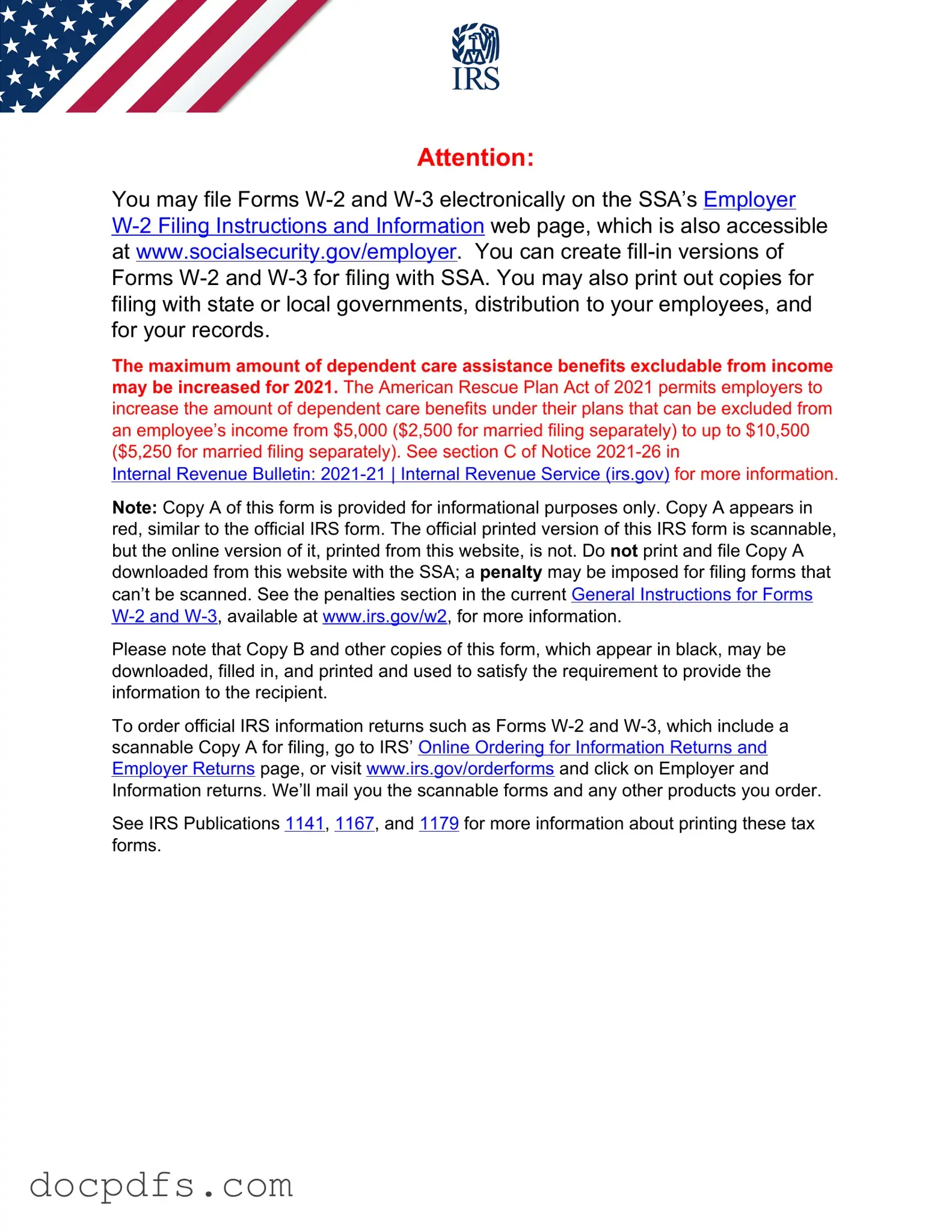The IRS W-2 form, also known as the Wage and Tax Statement, is a document that employers must provide to their employees. It reports an employee's annual wages and the amount of taxes withheld from their paycheck. This form is essential for employees when they file their federal and state income tax returns.
Any employee who has earned wages from an employer during the tax year will receive a W-2 form. This includes full-time, part-time, and temporary employees. If you worked for multiple employers throughout the year, you should receive a separate W-2 from each one.
Employers are required to send out W-2 forms by January 31st of each year. This gives employees enough time to prepare their tax returns before the April deadline. If you haven't received your W-2 by mid-February, it's a good idea to contact your employer to check on its status.
If you notice any errors on your W-2 form, such as incorrect personal information or wage amounts, you should reach out to your employer immediately. They can issue a corrected W-2, known as a W-2c. It’s important to resolve these issues before filing your tax return to avoid complications with the IRS.
Your W-2 form provides crucial information for completing your tax return. You will need to enter the amounts from the form into your tax software or on your paper return. Pay attention to the following key boxes on the W-2:
-
Box 1: Wages, tips, and other compensation
-
Box 2: Federal income tax withheld
-
Box 17: State income tax withheld
Ensure that the information matches your records to avoid discrepancies.
If you lose your W-2 form, you can request a duplicate from your employer. They are required to provide you with a copy. Additionally, you can access your W-2 through your employer's payroll service or online portal if they offer one. If you cannot obtain a copy, you can use your final pay stub of the year to estimate your income and tax withheld, but it's best to have the official W-2 for accuracy.
If you do not receive a W-2 form and you believe you should have, first contact your employer. If they confirm that you are not receiving one, you may need to file your taxes using Form 4852, which serves as a substitute for the W-2. Be prepared to provide your best estimates for your income and withholding amounts when using this form.
